Inspired, but not copied: The Influence of Van Gogh to Matisse on Gustav Klimt
After years of "treasure hunting," the Lower Belvedere is hosting an impressive show that explores the influence of contemporary artists on Gustav Klimt. A text by Sabine B. Vogel.
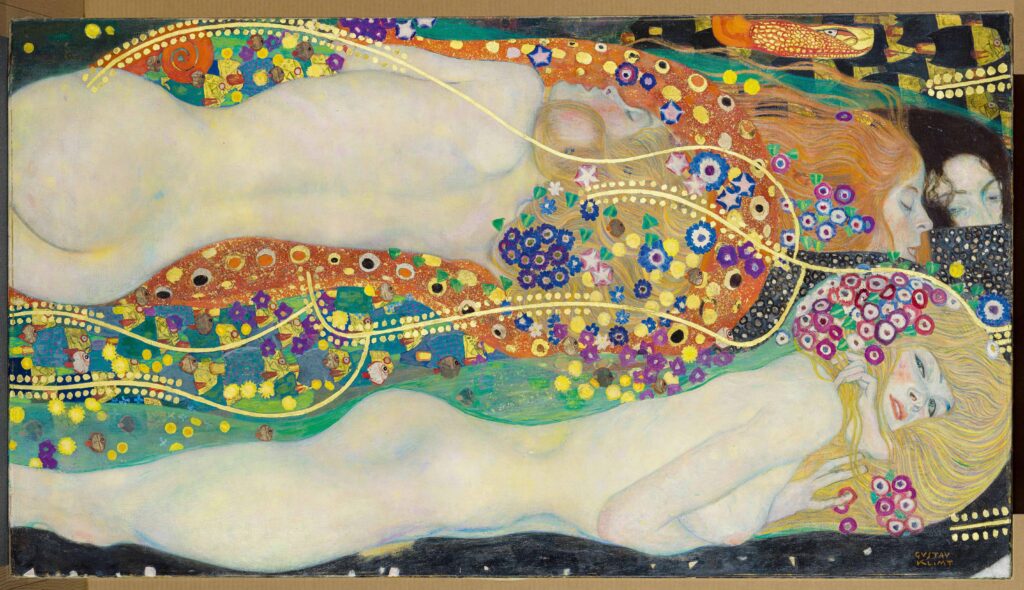
Gustav Klimt, Water Serpents II, 1904/1906–07. Private collection, courtesy of HomeArt
As recently as autumn, it seemed that Gustav Klimt’s “Water Serpents II” would not be able to travel to the major show “Klimt. Inspired by Van Gogh, Rodin, Matisse …” at the Belvedere. Now it is one of the highlights of this extraordinary show. But first things first: started in 2015 under the then director Agnes Husslein, the exhibition is based on a research project of the Amsterdam Van Gogh Museum together with the Belvedere. The central question is not so much whether Klimt was influenced by contemporary artists – that can be assumed. But rather which works he actually saw. This was meticulously researched over a period of seven years on the basis of Klimt’s travels, publications, exhibitions in Vienna, especially at the Secession and the influential Galerie Miehtke. The first stop of the exhibition was the Van Gogh Museum last year.
Amsterdam curator Edwin Becker called the research a “treasure hunt,” because some works were lost, others disappeared into private collections. During a conversation at a fundraising dinner, he happened to find “Water Serpents II.” However, the enormous insurance sum for the Austrian stop was not covered by the state, Belvedere curator Markus Fellinger had explained in Amsterdam. Thanks to the lender HomeArt from Hong Kong, which assumed the costs, it was able to make the journey to Vienna.
A total of 90 impressive paintings, drawings and sculptures now show Klimt’s artistic development along the European avant-gardes in the Lower Belvedere. While the Van Gogh Museum presented 24 works by the Austrian master, the Belvedere has a proud number of 45 pieces. Unlike in Amsterdam, the show in Vienna does not begin with Klimt’s classical phase, but gets right into it with a strong inspiration under the heading “Dawn of Modernism”: the flowing forms of the Symbolists such as Fernand Khnopff and Franz von Stuck, who had a lasting influence on Klimt. The closeness to pictorial motifs by Jan Toorop and Margaret Macdonald Mackintosh, which are grouped under the aspect “Poetry of Line” in Vienna, is also very impressive: Klimt was strongly inspired here by the depiction of hair, flowing robes and floating pictorial compositions.
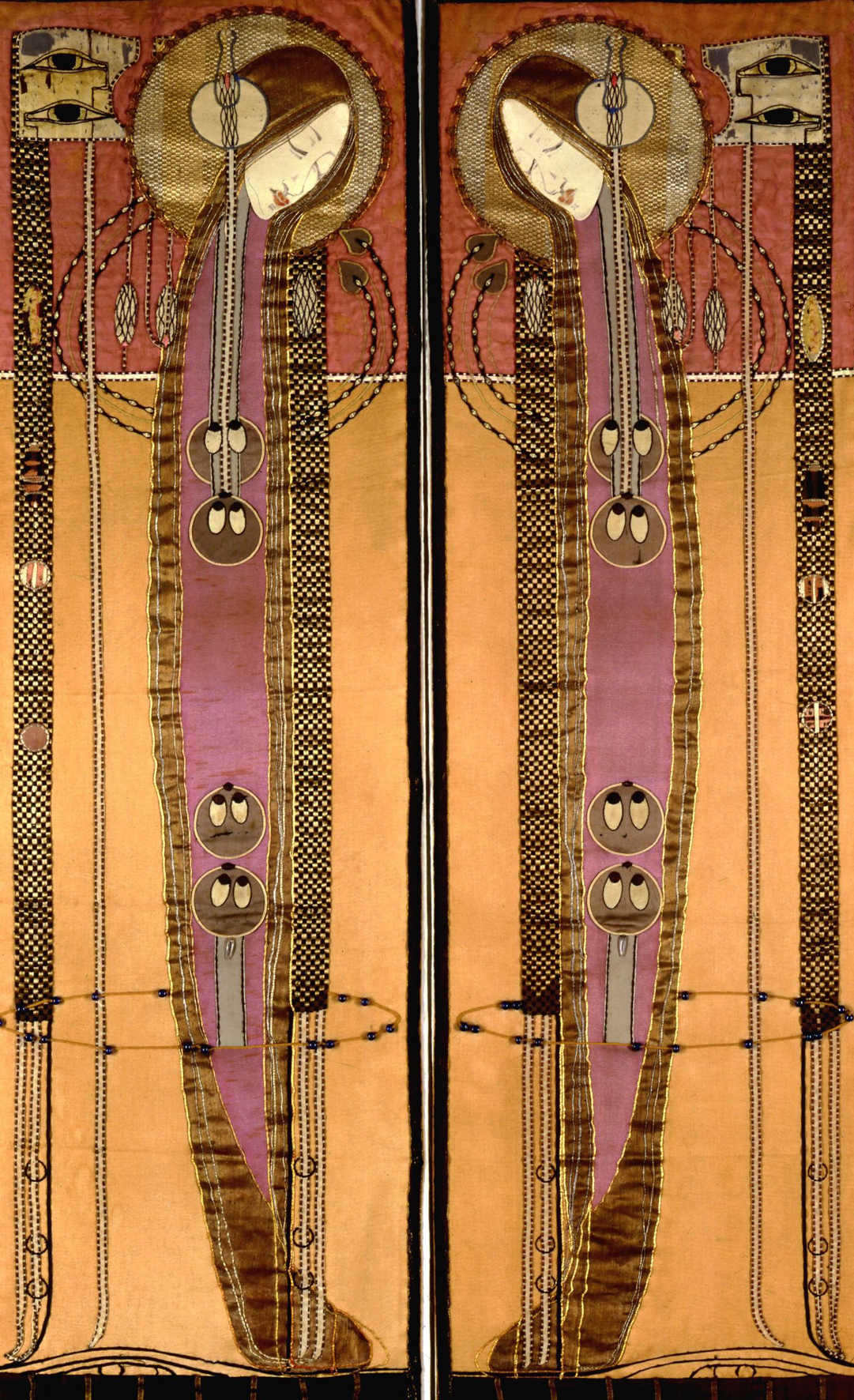
Margaret Macdonald Mackintosh, Embroidered Panels, c. 1902-04. The Glasgow School of Art
The juxtaposition of Klimt’s 1893 portrait of a woman with John Singer Sargent’s design for “Madame Gautreau” is also great: Klimt adopts the pose and the dominant black dress, but dispenses with the wicked undertone due to the arrangement’s slipped strap. In the chapter of landscapes, too, it is primarily the differences that fascinate: In the juxtaposition of Claude Monet’s 1897 painting of a river in the foggy morning light, Klimt’s 1899 “Morning at the Pond” seems far more representational – an observation that also applies to George Seurat’s pointillist paintings compared to Klimt’s “Blooming Poppies.”
The dialogue between Klimt and Auguste Rodin is also convincing. As was already extensively documented in 2010 at the Belvedere with “Rodin and Vienna,” the French sculptor was well known in Vienna at least since his show at the Secession in 1901. His artistic motto of shaping the body as an outlet for inner states of mind is clearly reflected in Klimt’s drawings of nudes. In the last chapter, “Liberation of Color,” Klimt encounters Matisse, whose lush patterns and bright hues obviously inspired him. Klimt’s style, it is shown here with deep respect, is a combination of many inspirations. To be sure, this observation is true of almost every artist. But few extract individual elements from other works so deliberately as to develop from them such a unique artistic language.
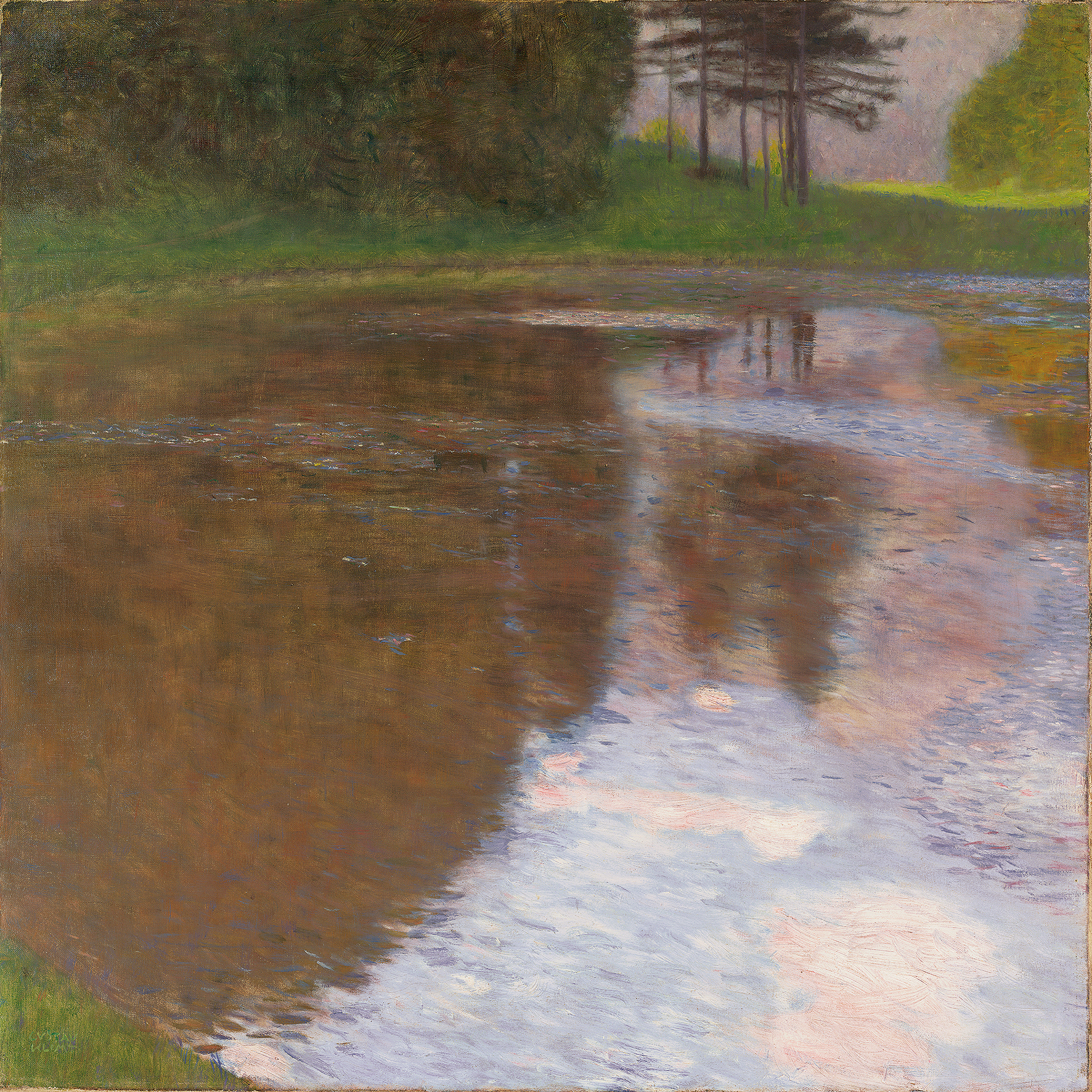
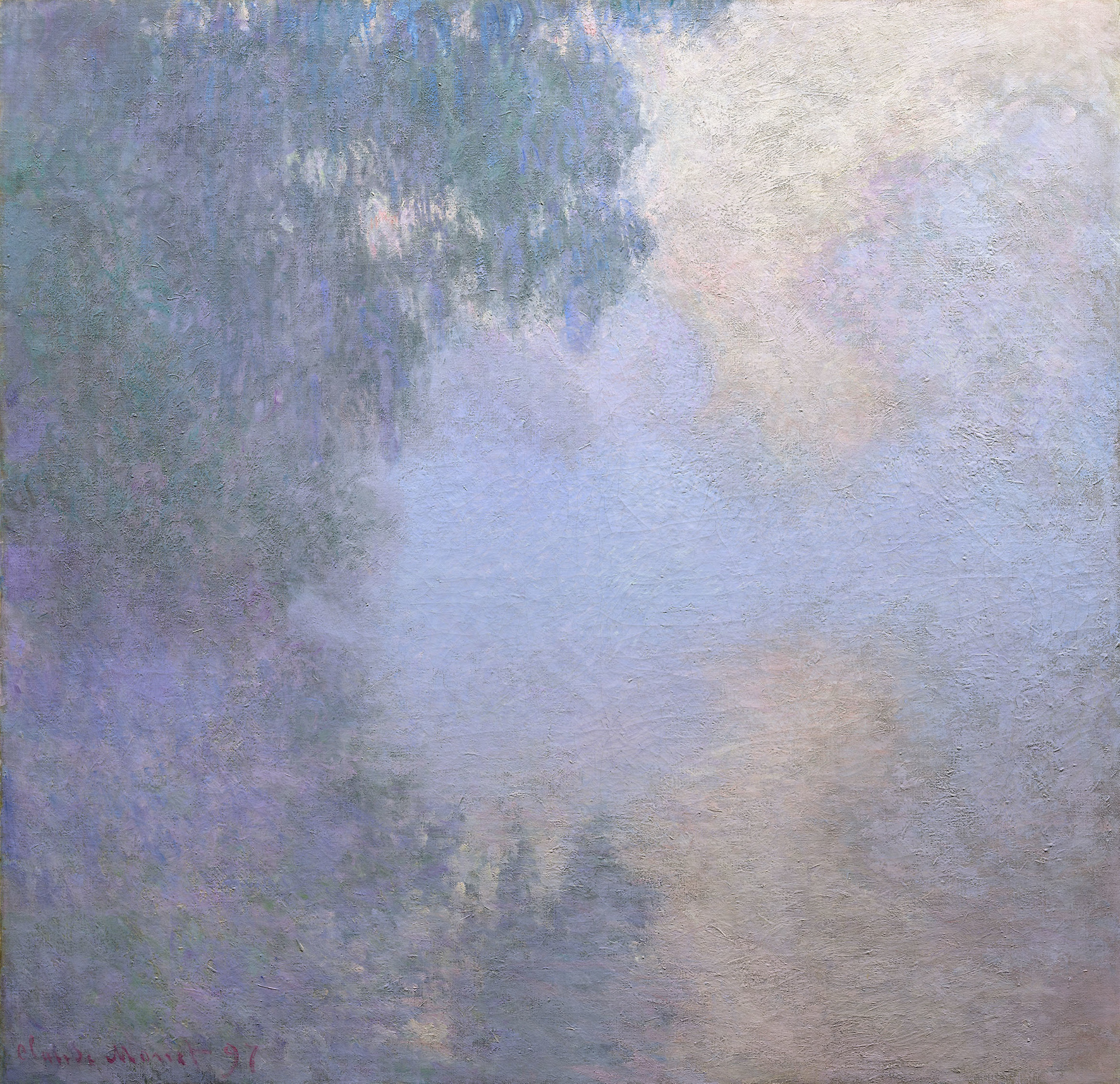
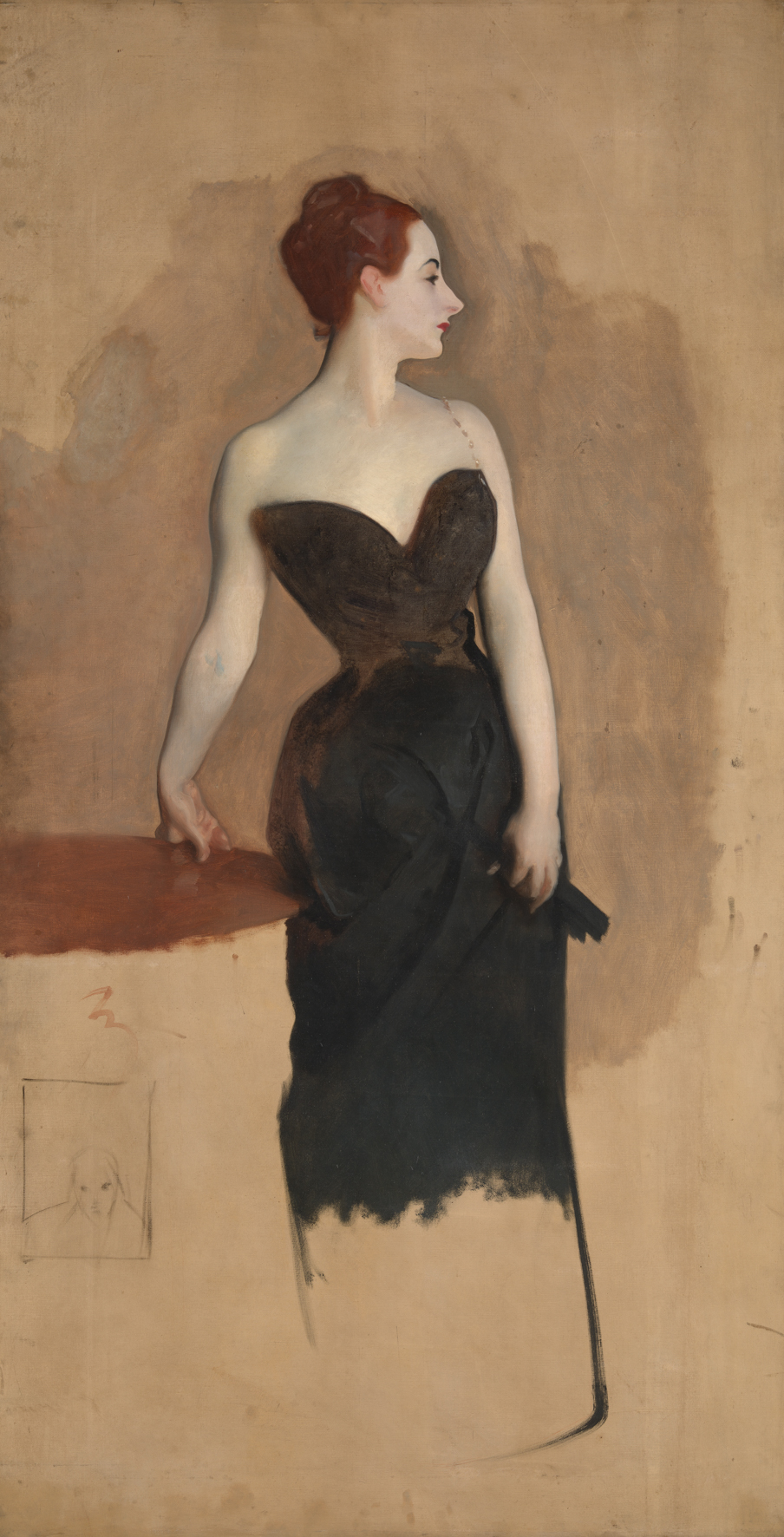
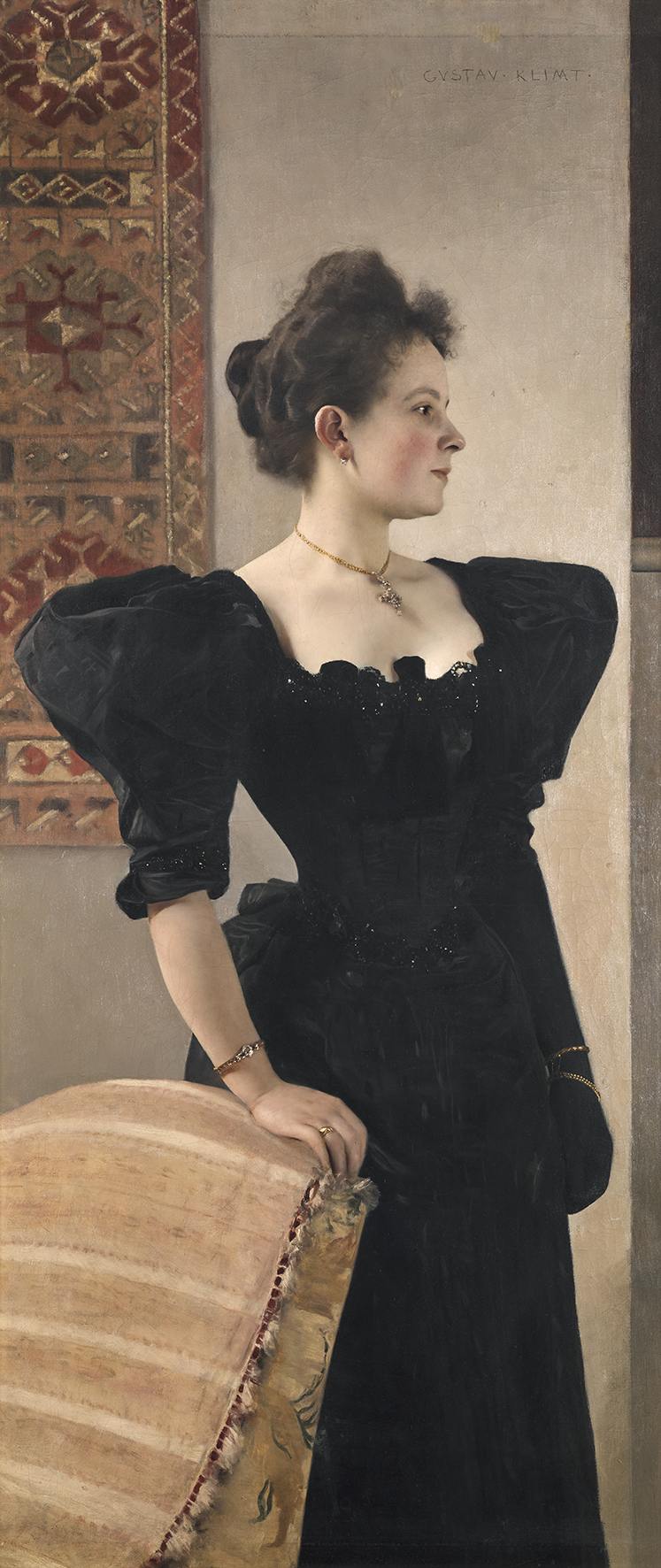
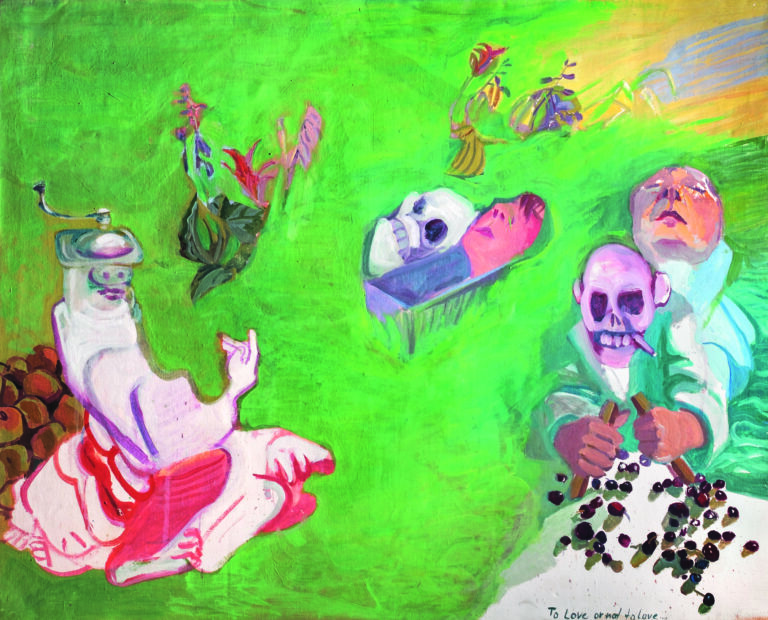
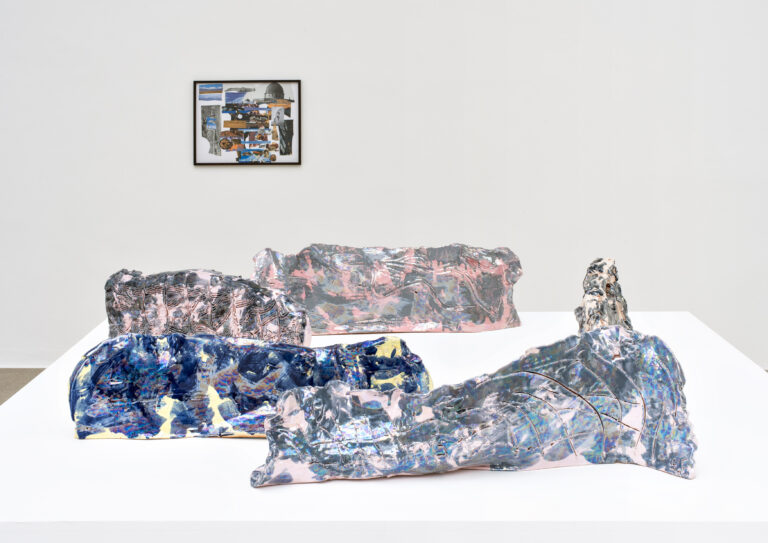
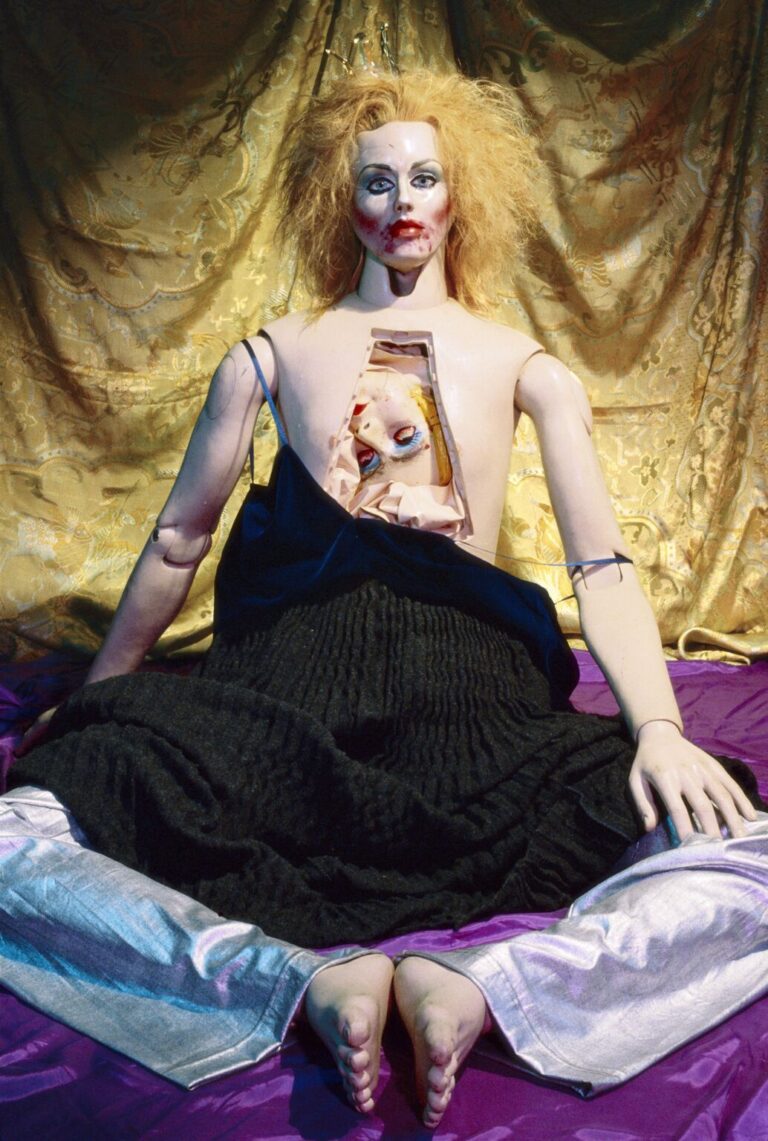
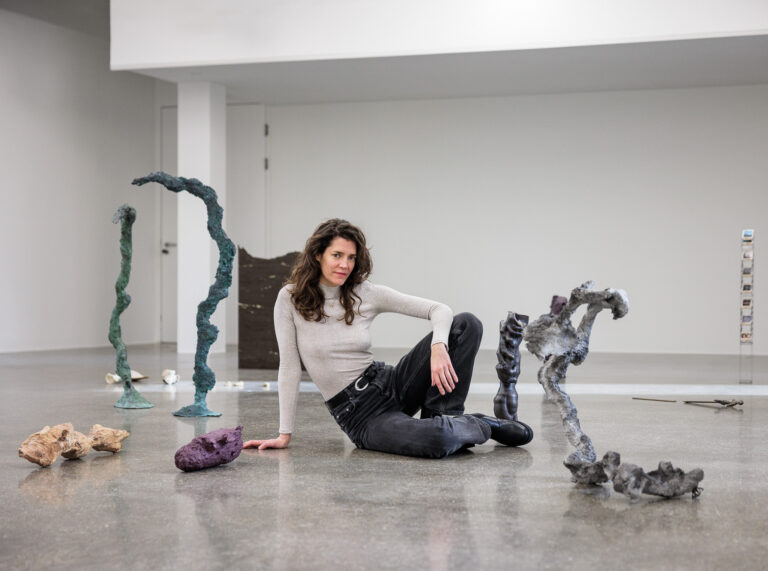
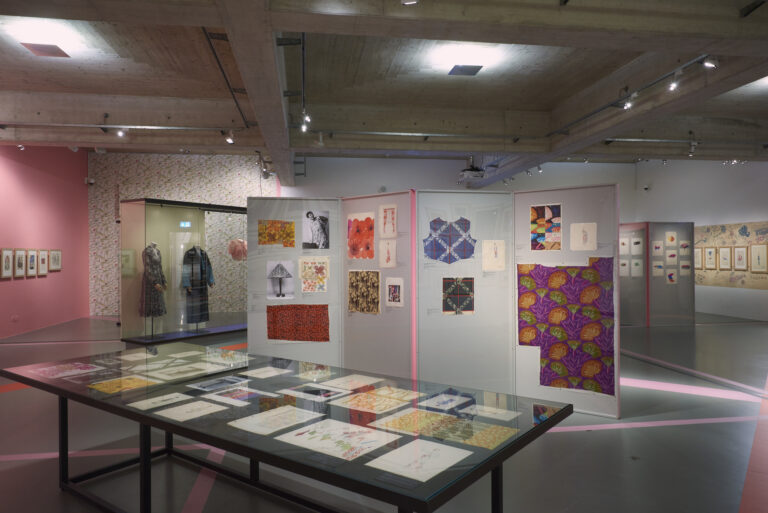
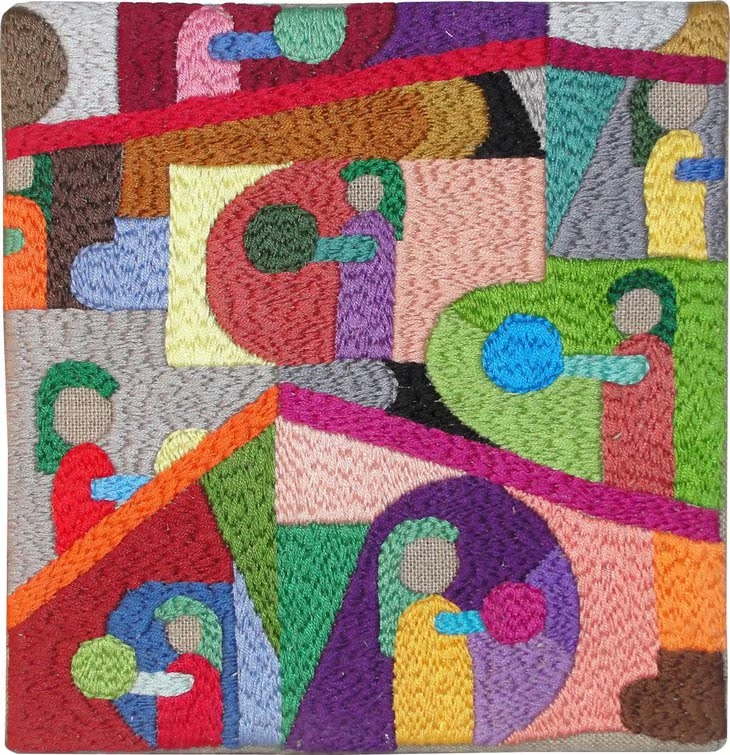
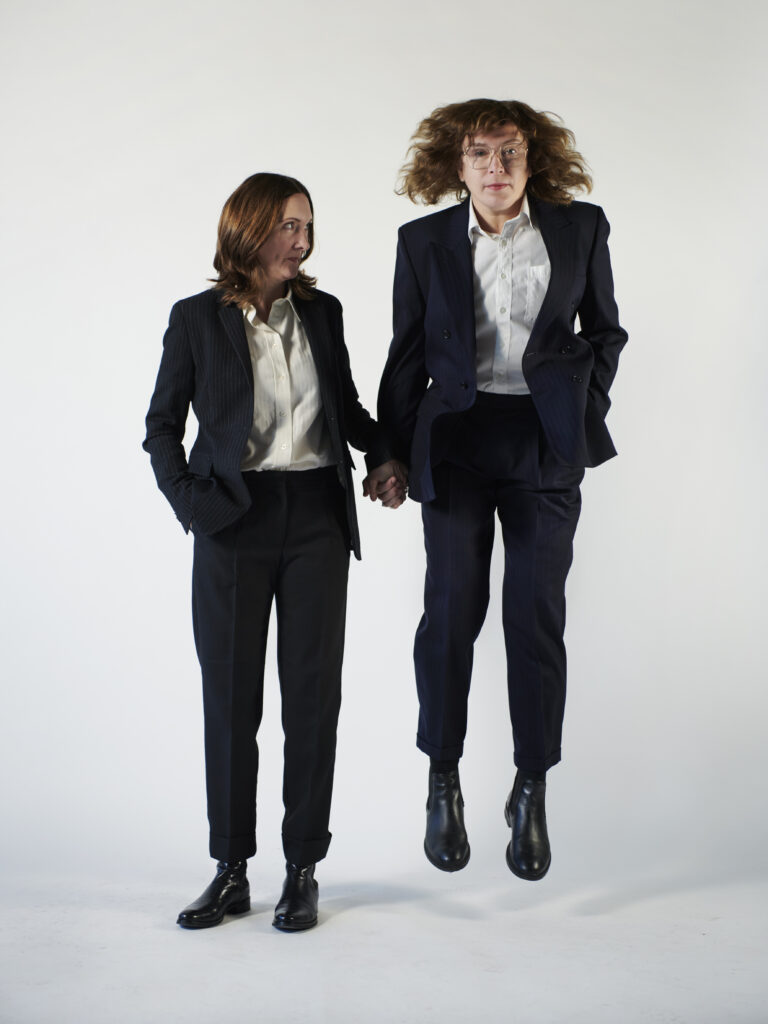
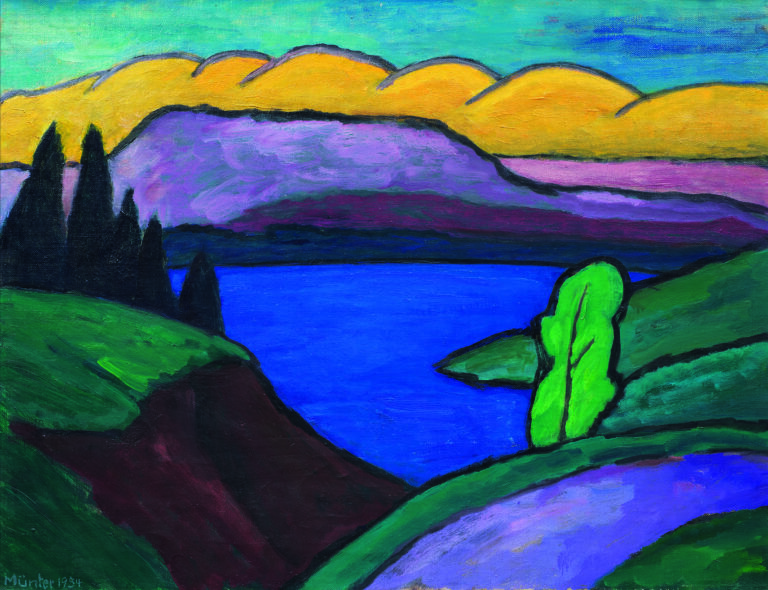

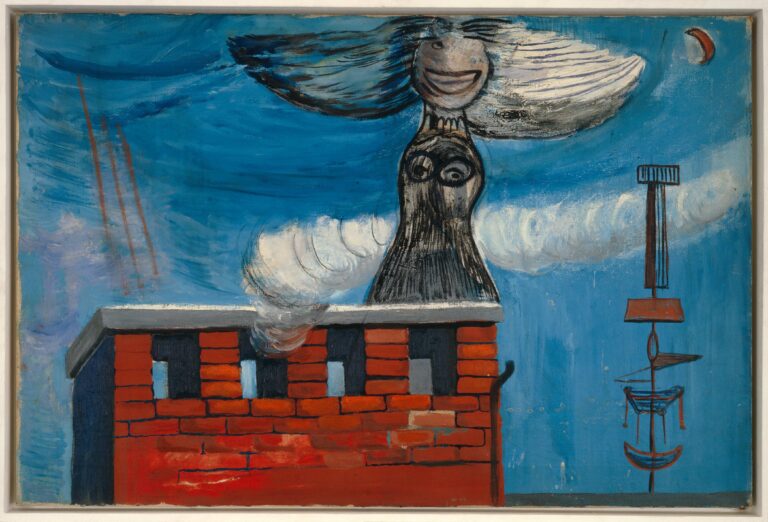
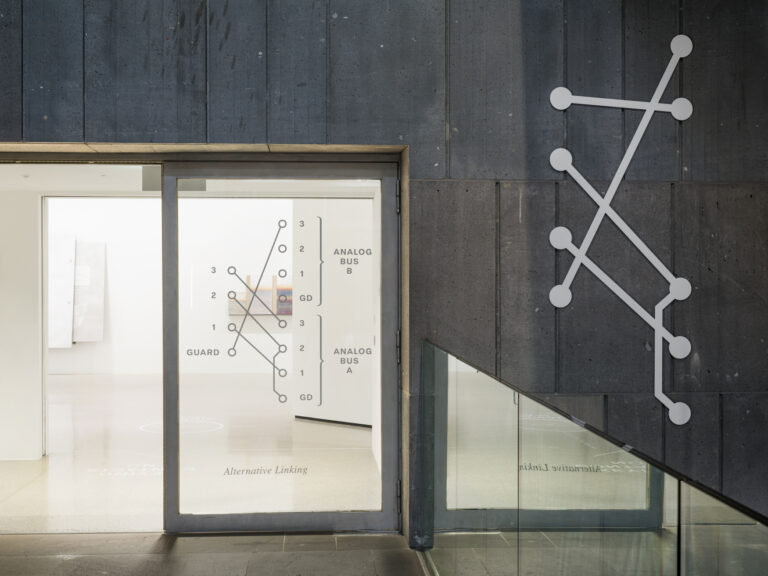
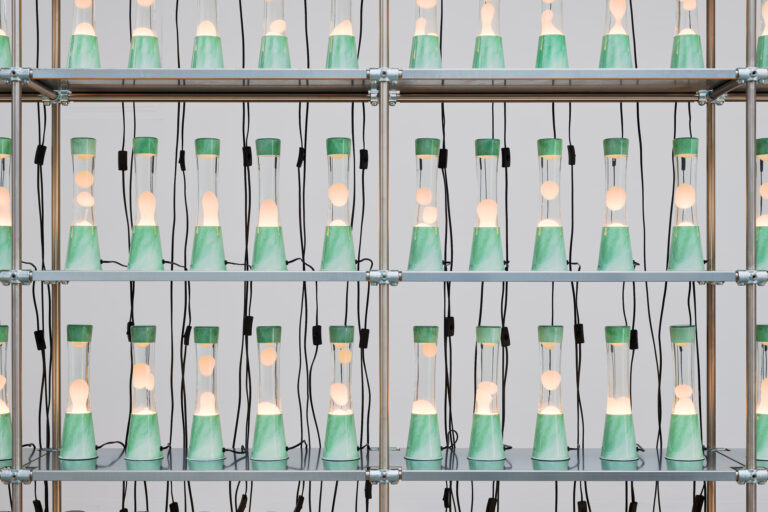
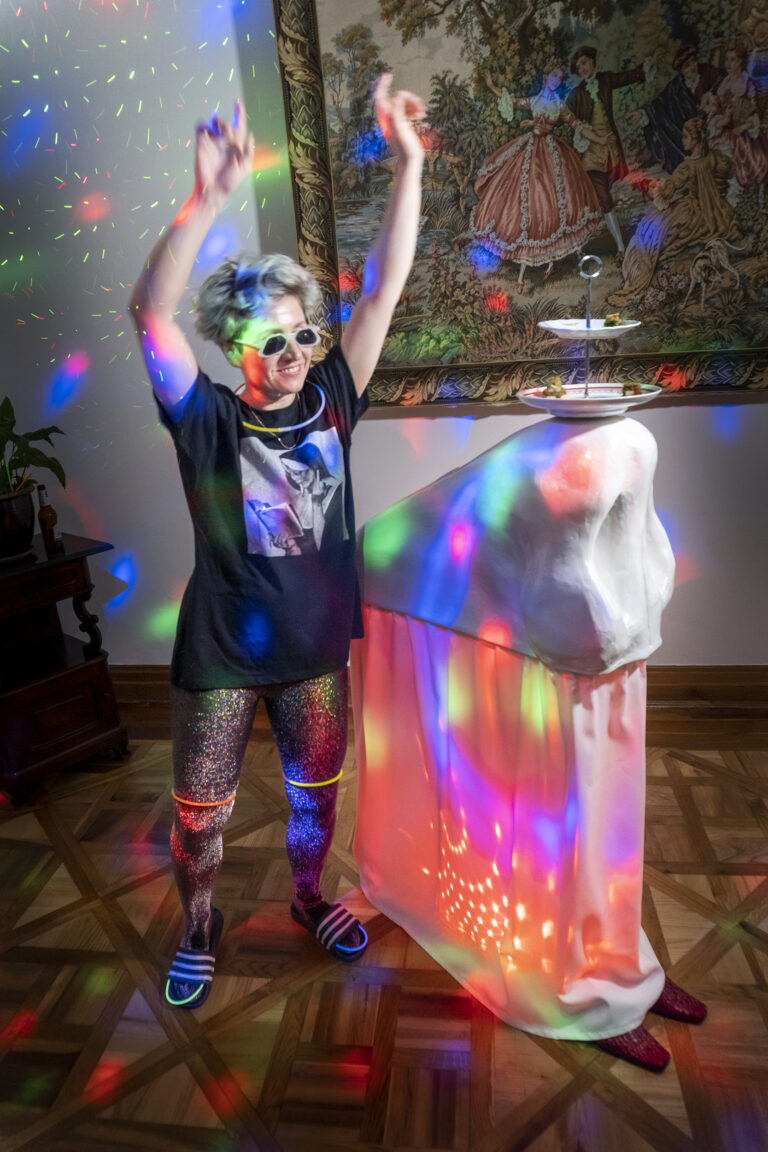
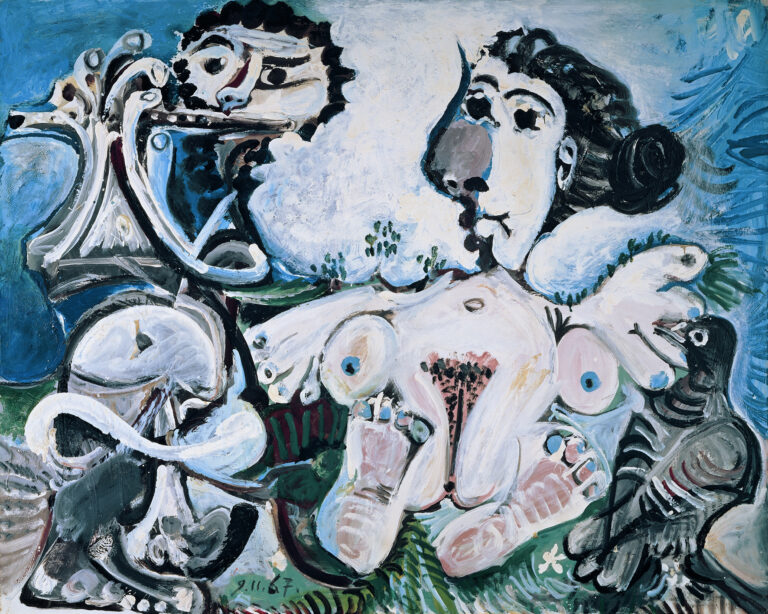
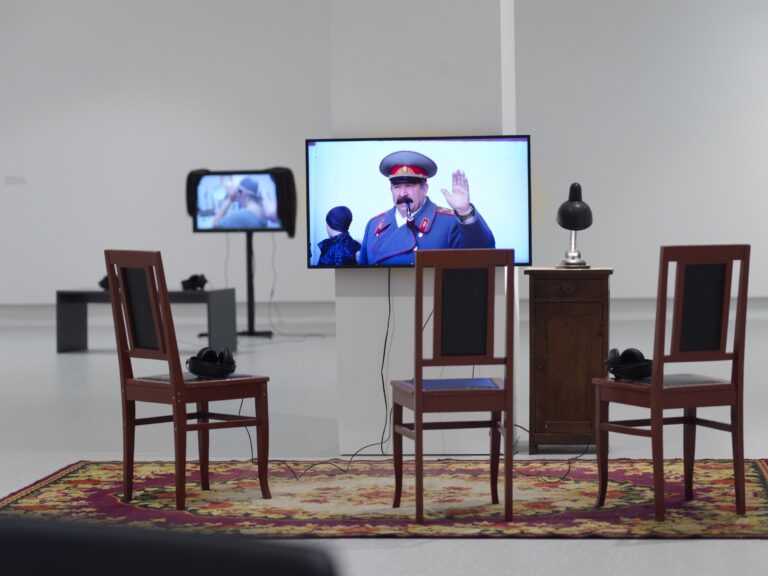
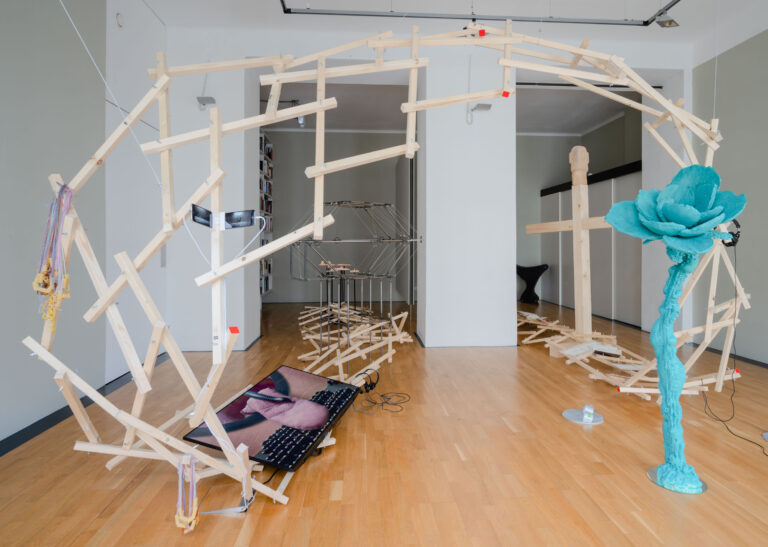
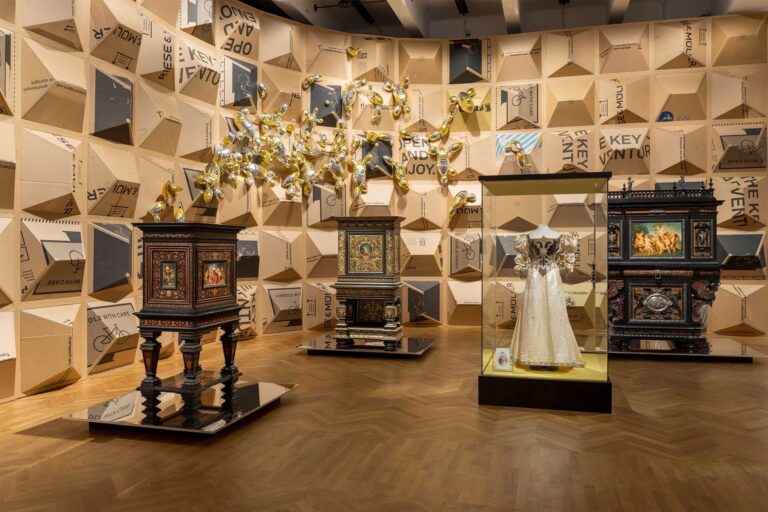
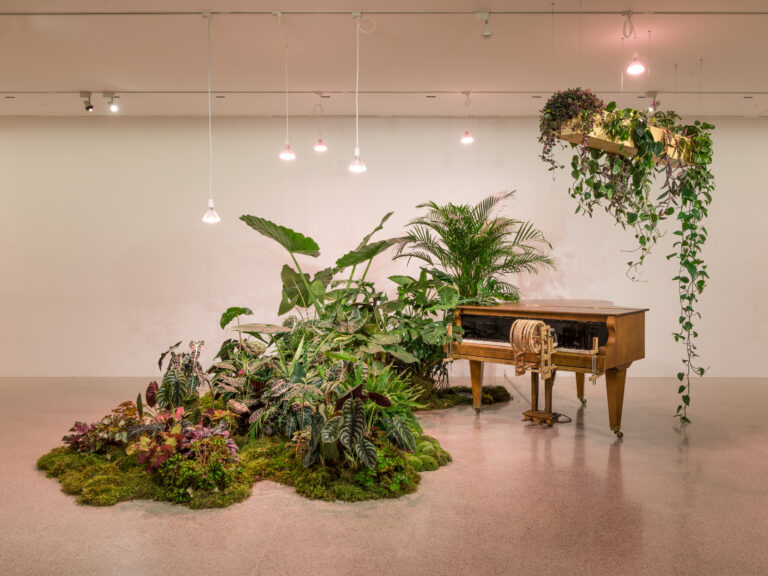
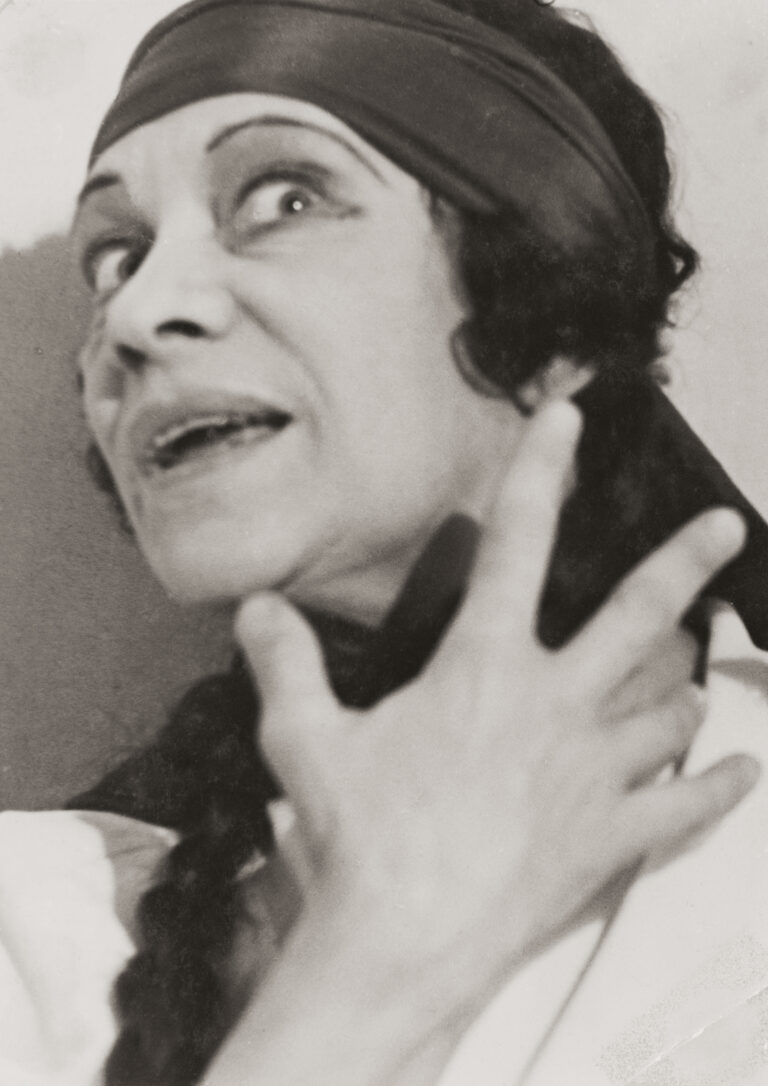
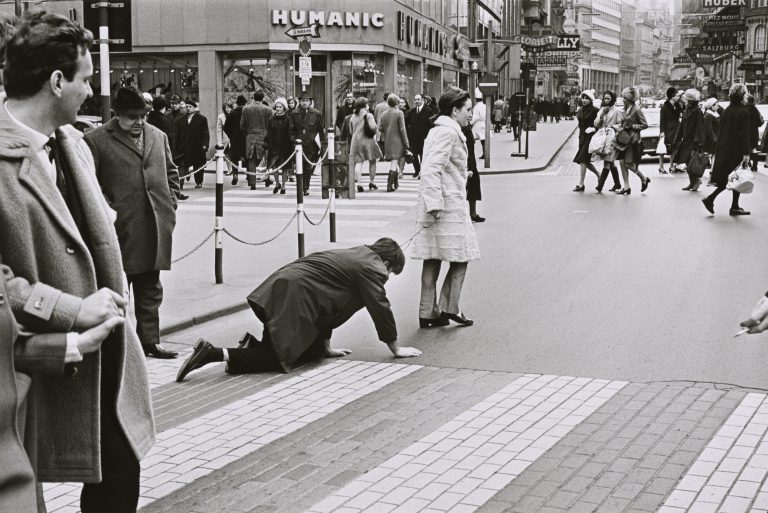
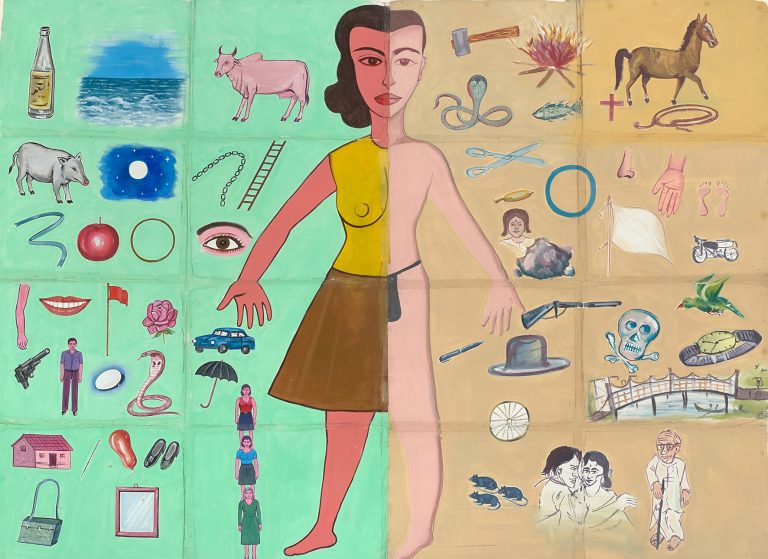
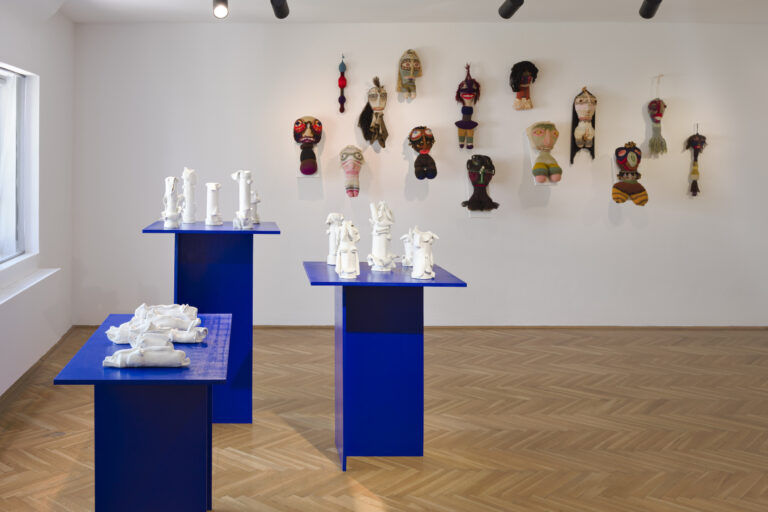

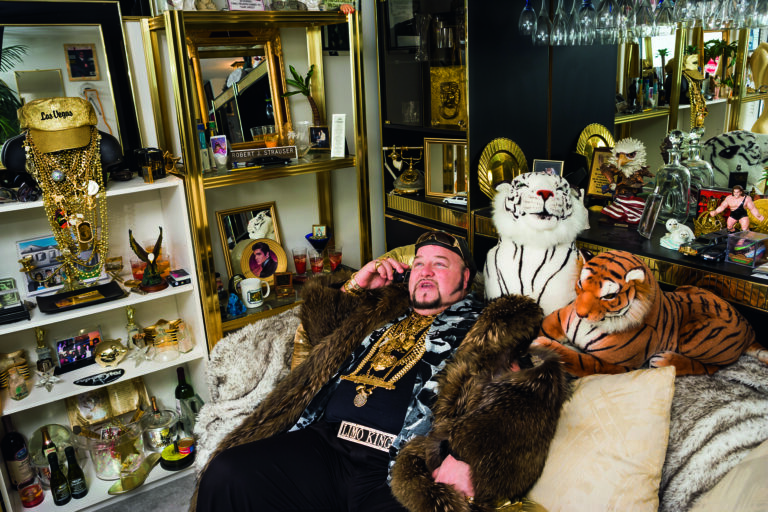
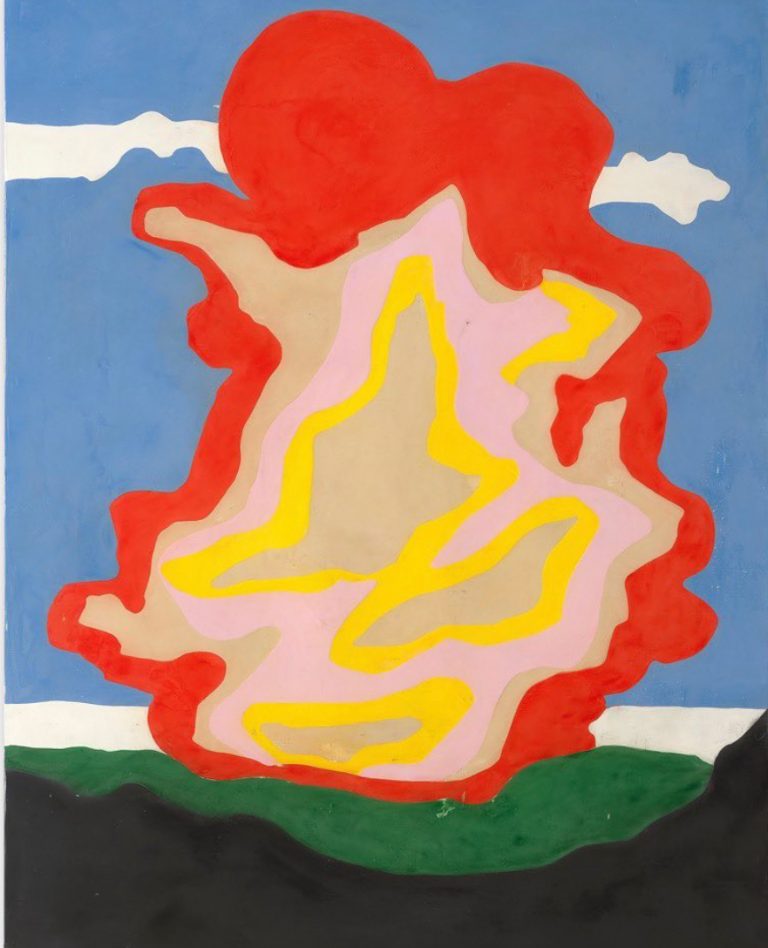

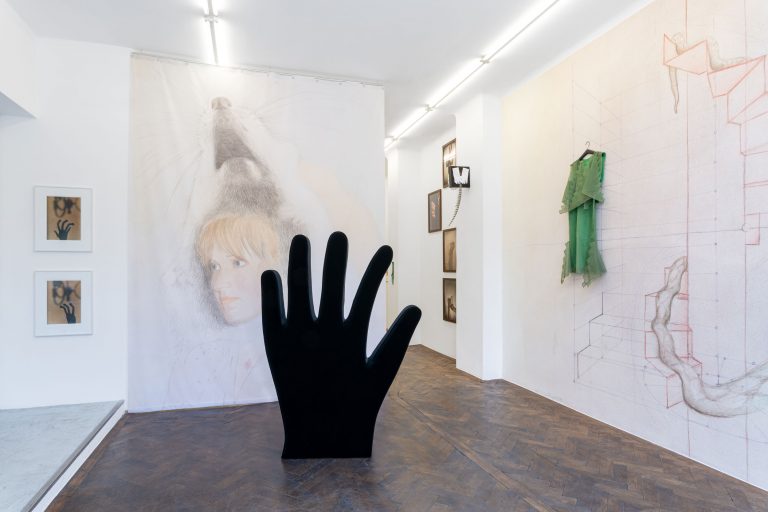
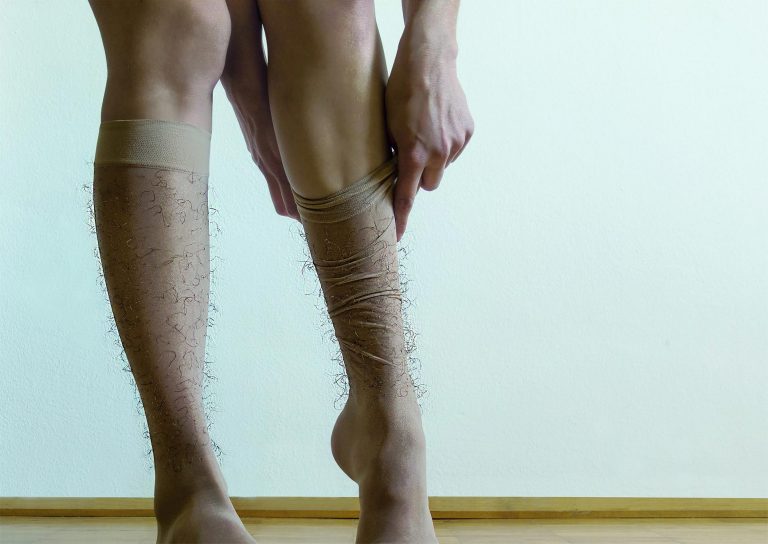
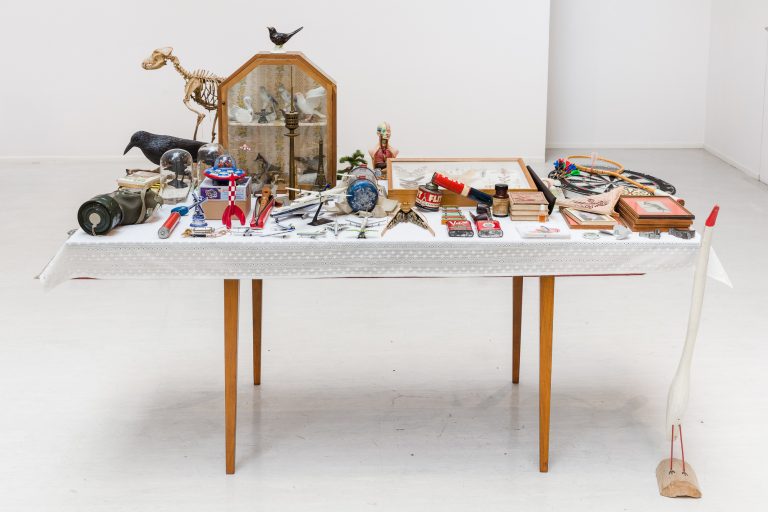
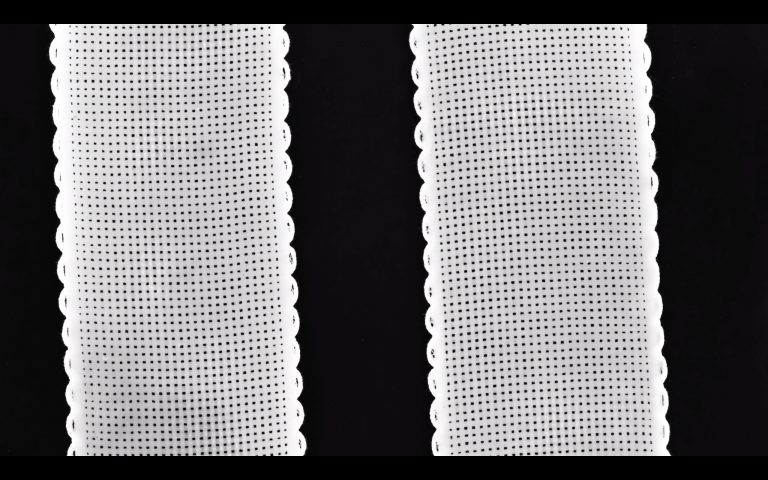
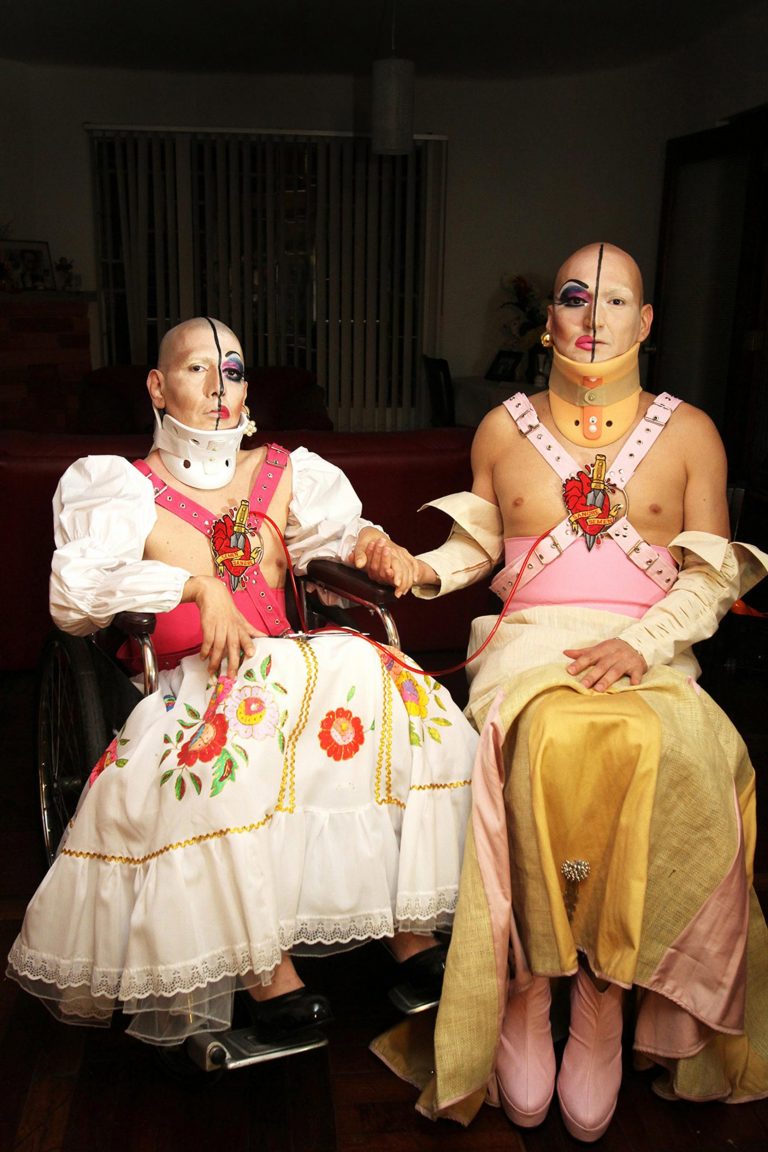

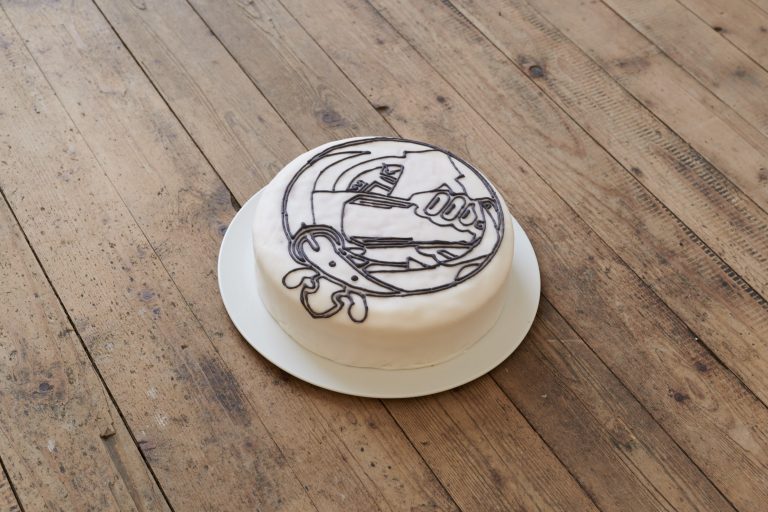
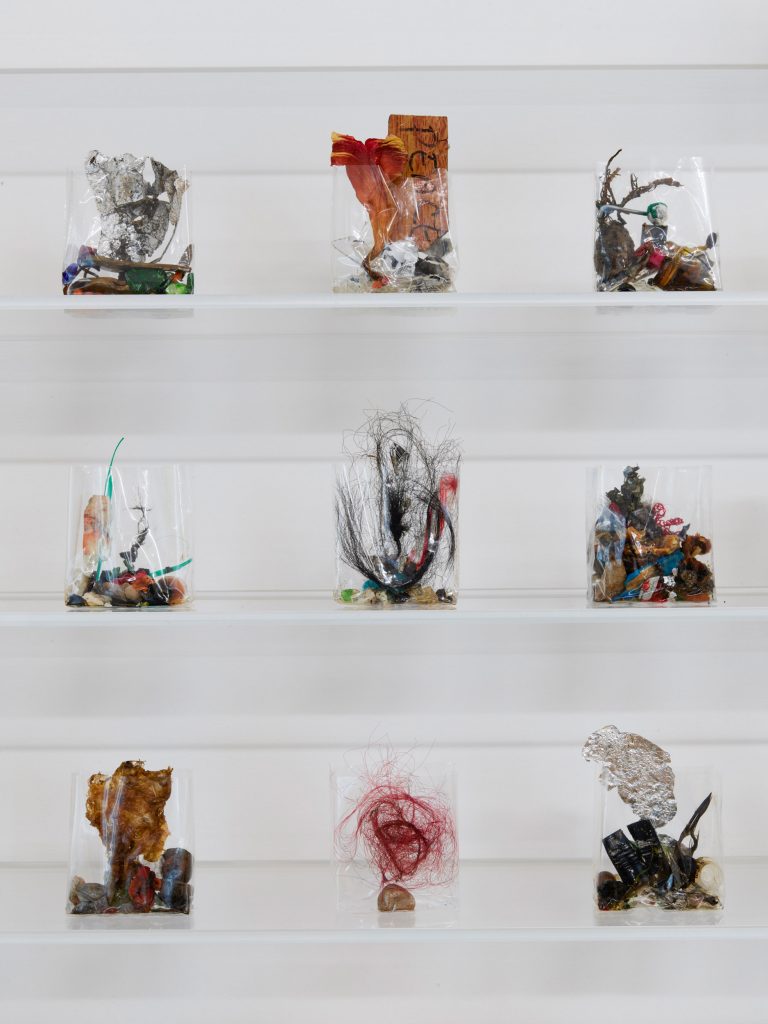

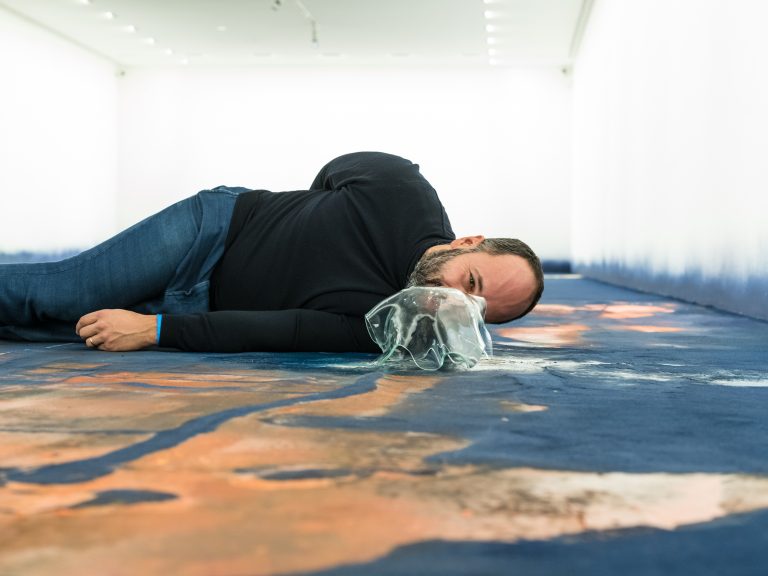
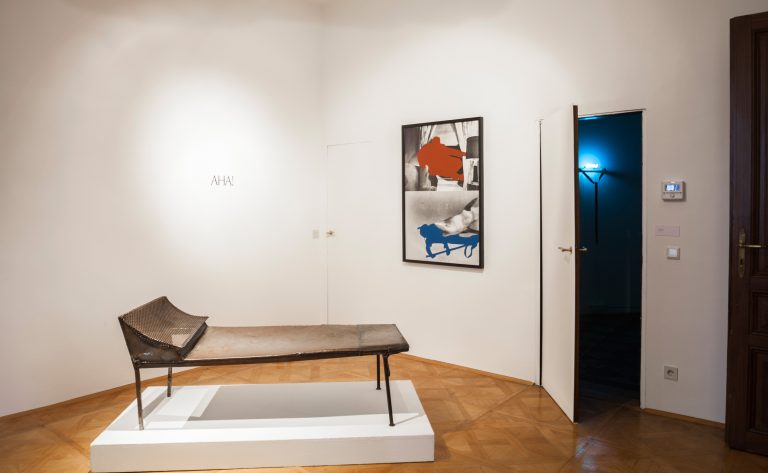
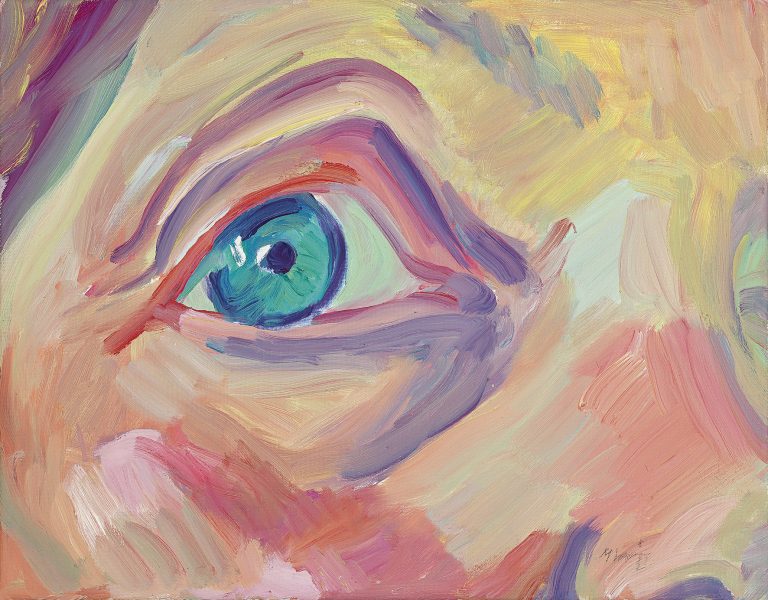
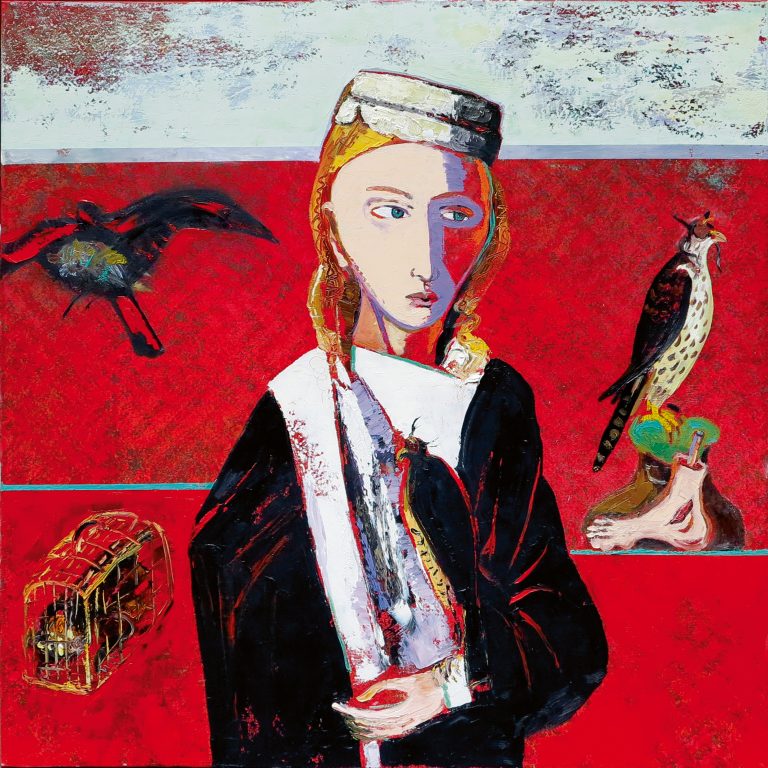
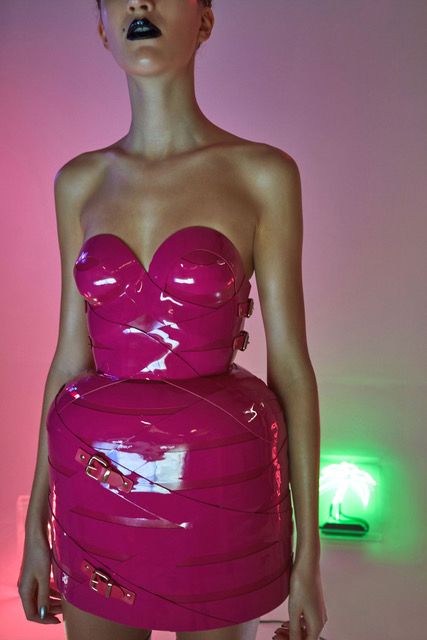
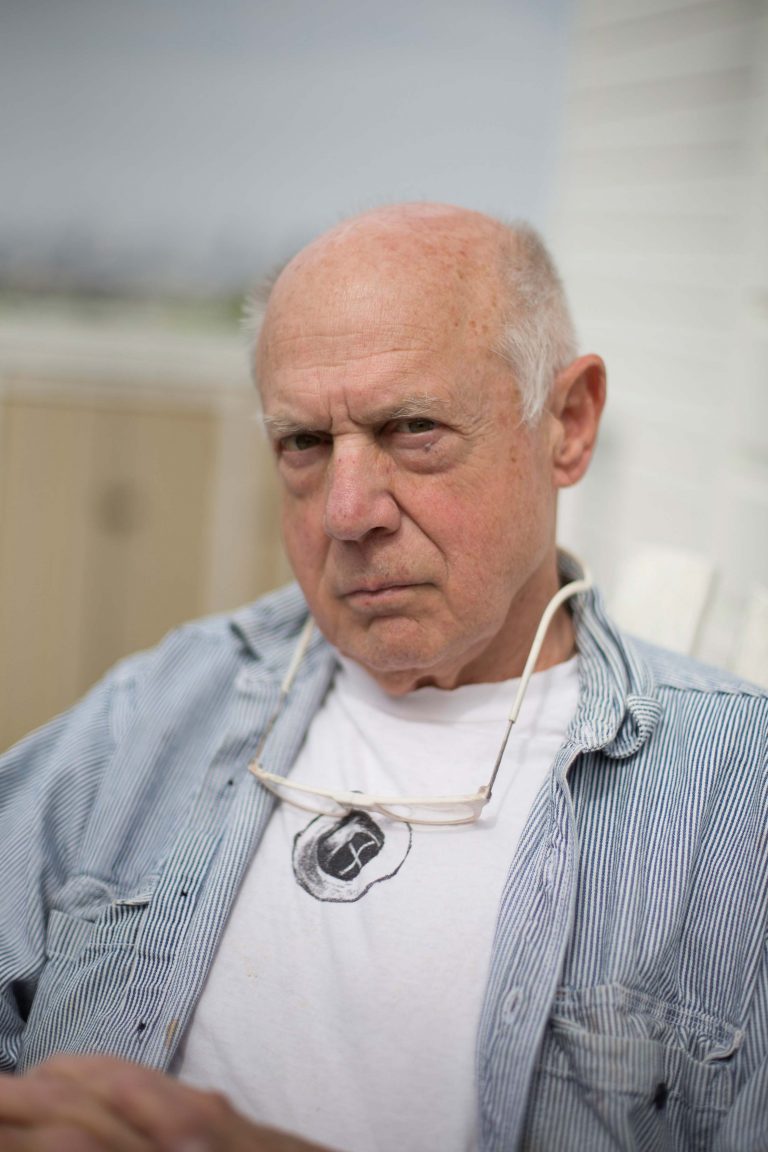
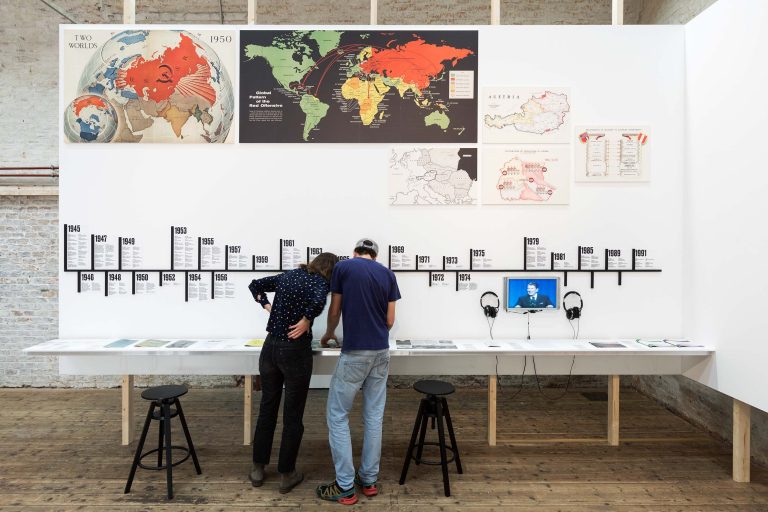

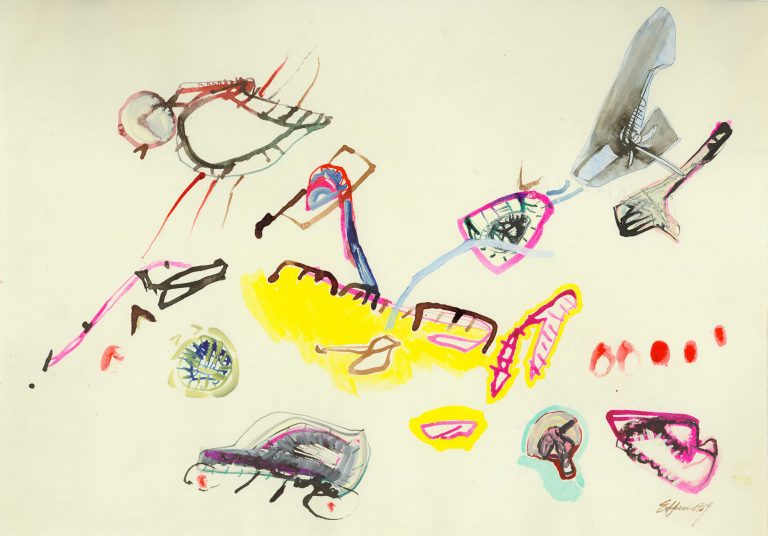
 and then
and then